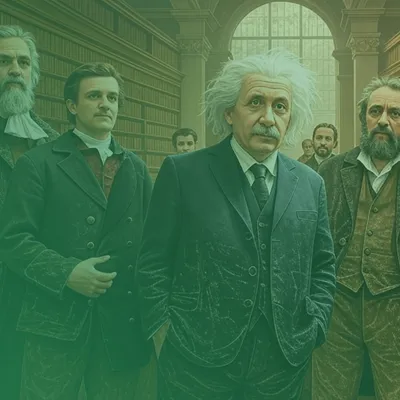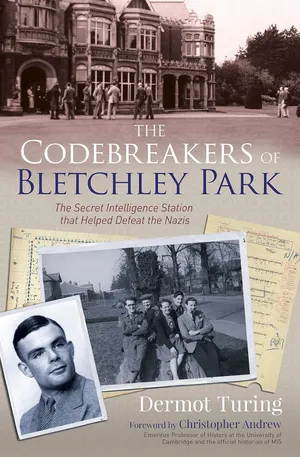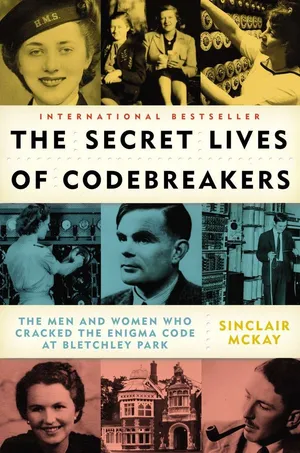Take a deeper dive into one of history’s most consequential covert operations: the breaking of the German Enigma code at Bletchley Park during World War II. This incredible story combines mathematical genius, technological innovation, and the daily heroism of thousands who worked in secret to turn the tide of war.
The Unbreakable Code
Before World War II, German military and intelligence services adopted an encryption device called the Enigma machine. With its system of rotors, plugboards, and daily changing settings, the Germans believed it created an unbreakable code. Each Enigma machine could be configured in billions of different ways, making traditional codebreaking methods futile. Messages encrypted by Enigma appeared as random strings of letters, completely indecipherable to anyone without the correct settings and an Enigma machine of their own.
The complexity of Enigma presented an unprecedented challenge to Allied intelligence. Without access to German communications, the Allies would be fighting blind against a formidable and well-coordinated enemy.
Polish Beginnings
The story of breaking Enigma begins not in Britain but in Poland. In the late 1920s, Polish intelligence became increasingly concerned about German communications they could no longer decipher. In a remarkable feat of mathematical analysis, young Polish cryptologist Marian Rejewski reconstructed the internal wiring of the German Enigma machine in December 1932 without ever having examined one.
Rejewski and his colleagues Jerzy Różycki and Henryk Zygalski developed methods to determine the daily settings of Enigma and built devices called “bombes” that could test possible Enigma configurations. By 1938, they were regularly reading German Enigma messages.
However, in December 1938, Germany increased Enigma’s complexity, and with war looming, the Poles made an extraordinary decision. In July 1939, just weeks before Germany invaded Poland, Polish intelligence invited British and French counterparts to Warsaw and revealed everything they knew about breaking Enigma, even providing replica Enigma machines they had built. This act of generosity gave the Allies a crucial head start in what would become the race to master Enigma.
Bletchley Park: An Unlikely Setting
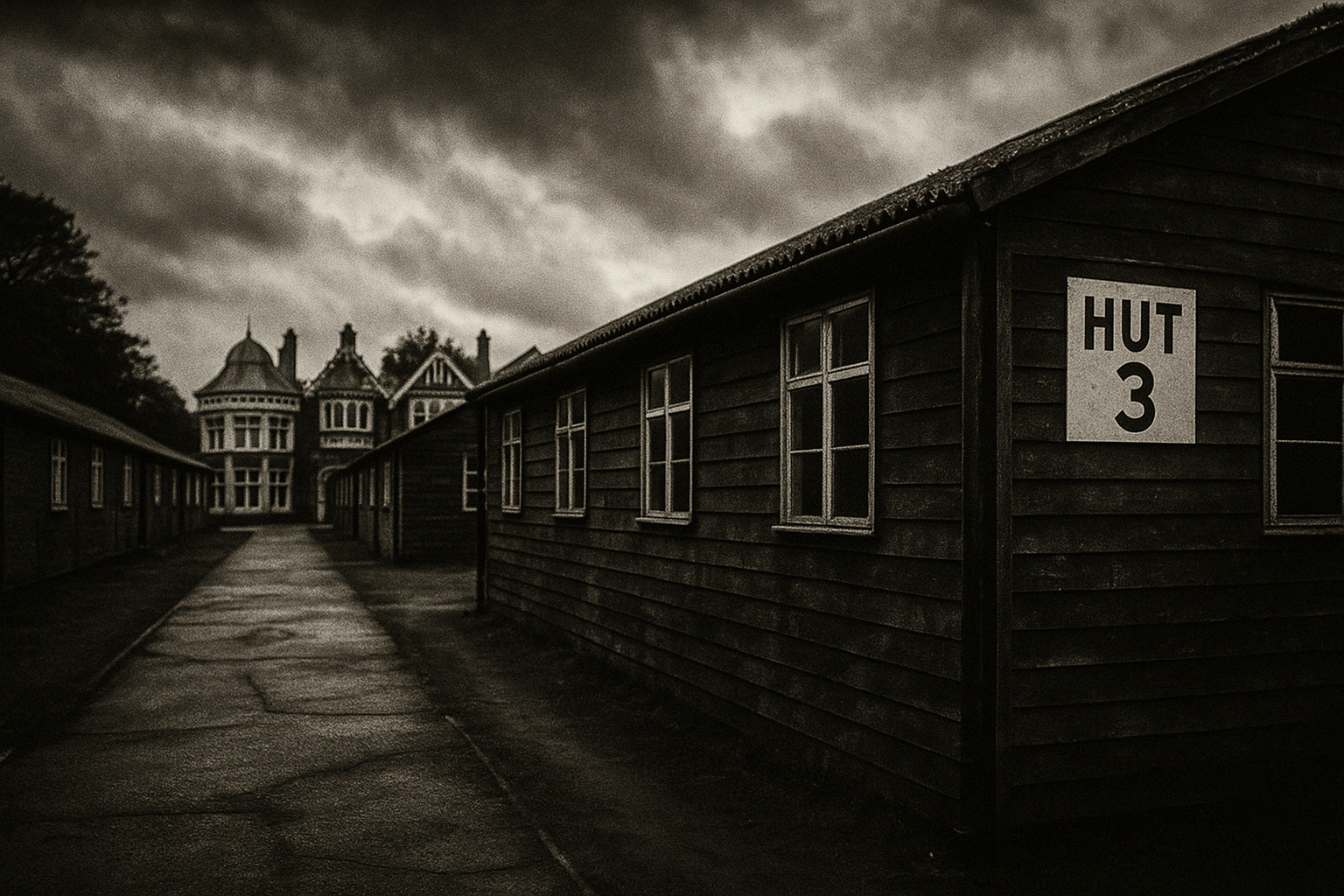
Britain established its codebreaking operation at Bletchley Park, a Victorian mansion in Buckinghamshire. Initially housing just a small team, Bletchley Park would eventually employ over 9,000 people working in round-the-clock shifts.
The Government Code and Cypher School (GC&CS) recruited an unusual workforce. Rather than traditional military intelligence officers, they sought mathematicians, linguists, chess champions, crossword puzzle experts, and academics from various fields. This eclectic group brought creative thinking and problem-solving skills that would prove essential to the codebreaking effort.
Alan Turing and the Bombe
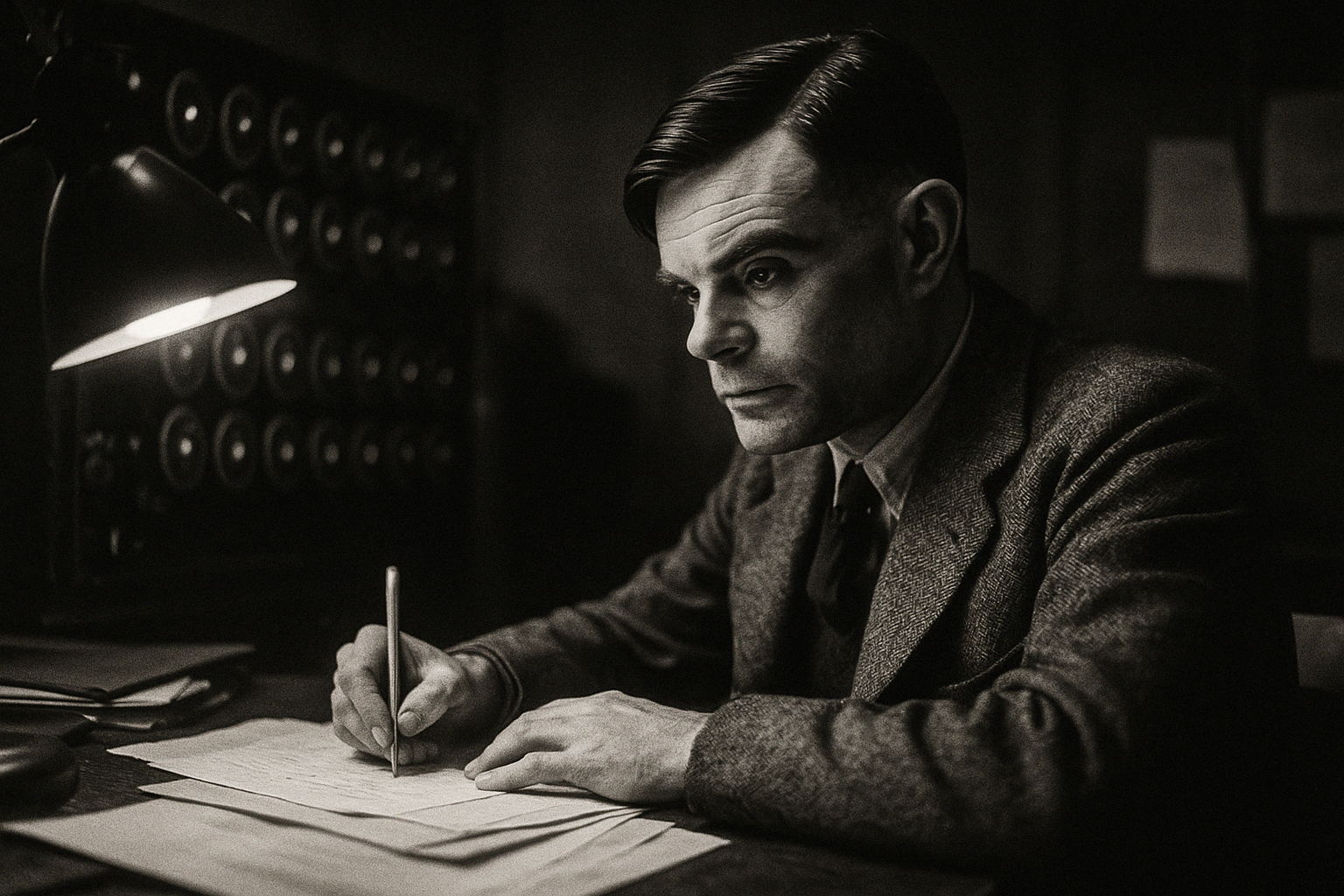
At the center of Bletchley’s success was Alan Turing, a brilliant Cambridge mathematician. Building on the Polish work, Turing designed an electromechanical machine called the bombe that could rapidly test different possible Enigma settings and eliminate incorrect ones. The first bombe, named “Victory,” began operation in 1940.
Turing worked alongside Gordon Welchman, who improved the bombe design with his “diagonal board” innovation, making the machines even more efficient. By 1943, over 200 bombes were in operation, running day and night to break daily changing Enigma settings.
While the bombes were critical, they required human operators and analysts to set them up based on educated guesses about possible message content. The codebreakers looked for predictable phrases or “cribs” that might appear in messages, such as weather reports or standard military greetings.
The Women of Bletchley Park
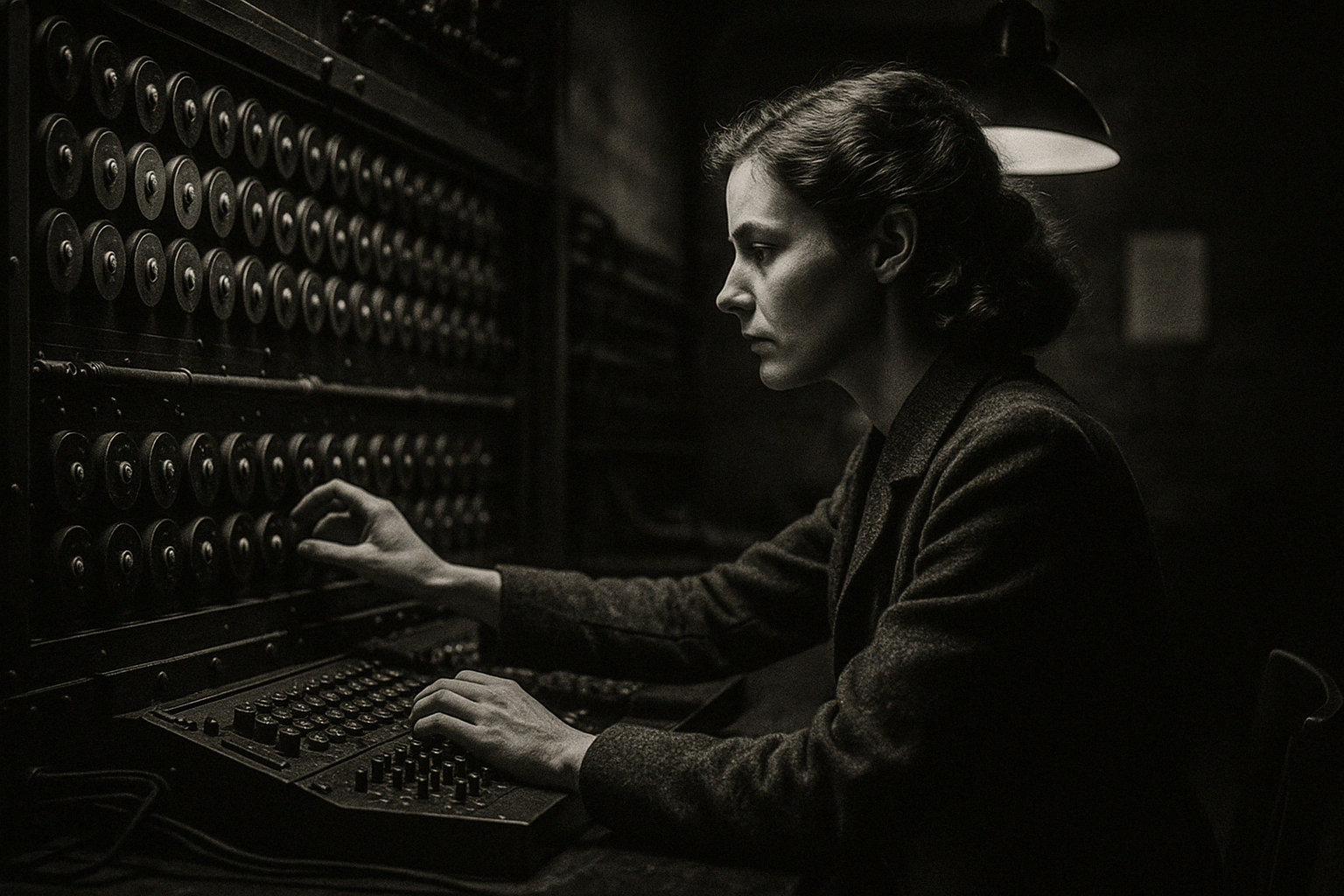
Women comprised roughly 75% of the workforce at Bletchley Park, serving in various vital roles. Many operated the bombes and other machines, while others worked as translators, analysts, and clerks processing the massive amount of information flowing through the facility.
Among these women was Joan Clarke, a brilliant mathematician who worked alongside Turing in Hut 8, focusing on Naval Enigma. Despite facing gender discrimination in the academic world, at Bletchley Park, her mathematical ability earned her a place in the inner circle of codebreakers.
The Women’s Royal Naval Service members, known as Wrens, operated the bombes, maintaining the machines and recording results with meticulous attention to detail. Their work was tedious and demanding but absolutely crucial to the codebreaking operation.
Breaking Naval Enigma
The most challenging variant of Enigma was the one used by the German Navy, particularly for U-boat communications. Breaking Naval Enigma became critical during the Battle of the Atlantic, when German submarines threatened to cut Britain’s supply lines.
In 1941, the capture of codebooks and settings from German weather ships and U-boats provided crucial material that helped Bletchley break into Naval Enigma. However, in February 1942, the German Navy introduced a more complex four-rotor Enigma, temporarily blinding the codebreakers.
This blackout period corresponded with some of the worst Allied shipping losses of the war. It took until December 1942 to break the four-rotor Naval Enigma, using new techniques and more powerful bombes. Once achieved, this breakthrough contributed significantly to the eventual Allied victory in the Battle of the Atlantic.
Beyond Enigma: Lorenz and Colossus
While Enigma has received the most historical attention, Bletchley Park also broke other German ciphers. Most notably, they tackled the Lorenz cipher, used for high-level communications between Hitler and his generals.
Breaking Lorenz led to the development of Colossus, the world’s first programmable electronic digital computer. Designed by Tommy Flowers, the first Colossus was installed at Bletchley Park in January 1944 and was used to determine the settings for the Lorenz machine. By the end of the war, ten Colossus computers were in operation.
Ultra Intelligence and Its Impact
Intelligence derived from Bletchley Park’s decryptions was codenamed “Ultra” and handled with extreme security. Only a small circle of commanders knew the true source of the intelligence, which was carefully disguised to prevent the Germans from realizing Enigma had been compromised.
Ultra intelligence proved decisive in numerous campaigns:
- In the Battle of the Atlantic, it helped direct convoys away from U-boat concentrations and target the submarines themselves
- In North Africa, it gave Allied commanders insight into Rommel’s plans and supply limitations
- Before D-Day, it confirmed that German forces still expected the main invasion at Calais rather than Normandy
- In the final stages of the war, it provided critical information about German troop movements and defensive positions
Military historians estimate that Ultra shortened the war by two to four years, potentially saving millions of lives that would have been lost in a prolonged conflict.
The Secret Kept
After the war ended, one of history’s most successful intelligence operations simply disappeared. The staff were sent home, sworn to secrecy. The bombes were dismantled, documentation was destroyed, and Bletchley Park itself was abandoned.
For thirty years, the thousands who had worked there maintained their silence. Many never told their families what they had done during the war. This secrecy prevented the participants from receiving public recognition during their lifetimes. Most tragically, Alan Turing, persecuted for his homosexuality in the 1950s, died by suicide in 1954 without public acknowledgment of his vital contribution to the Allied victory.
Only in the 1970s did the British government begin to declassify information about Bletchley Park. Books like F.W. Winterbotham’s “The Ultra Secret” (1974) finally revealed the scale and importance of the operation to the public.
Legacy
The legacy of Bletchley Park extends far beyond its immediate impact on World War II:
- It demonstrated the value of bringing diverse thinkers together to solve complex problems
- It advanced computing technology, with Colossus pointing the way toward modern computers
- It established principles of cryptography and cryptanalysis that influenced postwar security systems
- It showed the strategic value of signals intelligence in modern warfare
Today, Bletchley Park is preserved as a museum where visitors can see the restored huts, learn about the codebreaking operations, and explore the stories of the thousands who worked there in secret.
The codebreakers of Bletchley Park fought their war not with guns but with pencils, paper, and ingenious machines. Their battlefield was mathematical, their victories measured not in territory gained but in information revealed. Their story reminds us that in modern warfare, knowledge can be the most powerful weapon of all.
